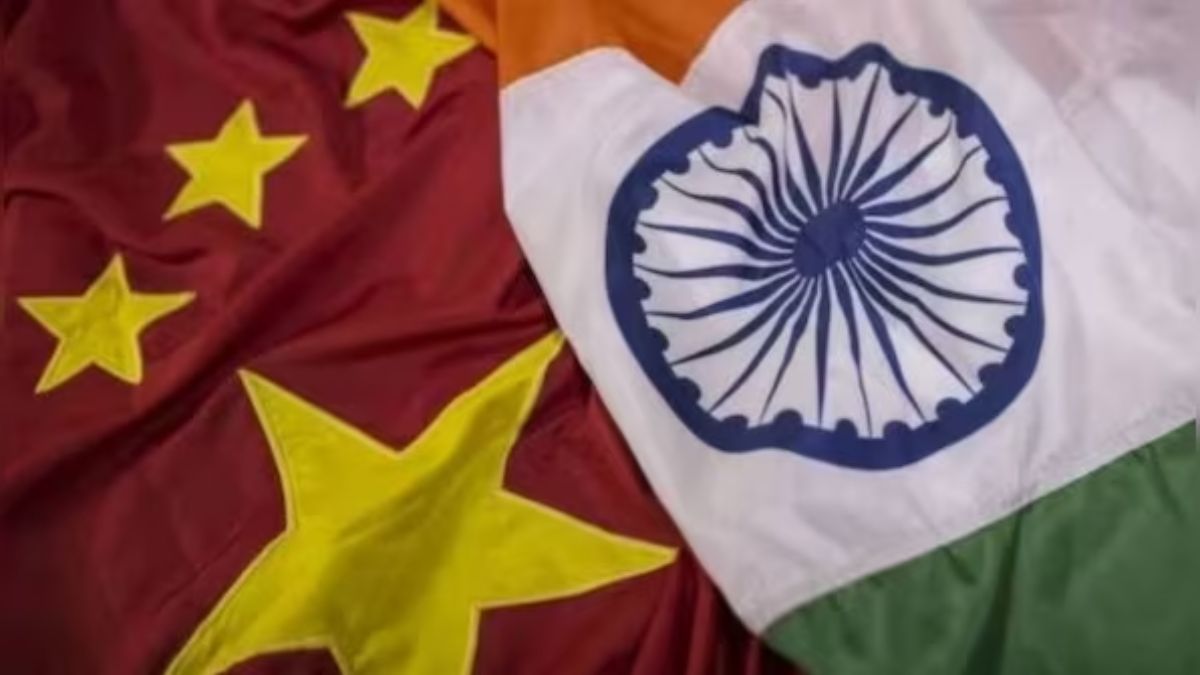The recent standoff between India and China over the Doka La area is one of the many tactical attempts by China at a strategic containment of India. Within the larger regional picture, after having made inroads into Pakistan, Nepal, Sri Lanka, Myanmar and Bangladesh, China has now targeted Bhutan which appeared to be the last man standing in the immediate neighbourhood of India. It is not surprising, therefore, that China decided to unilaterally change the status of a disputed tri-junction; a move that is possibly intended to test the strength of India-Bhutan relations as well as to undermine the status of India as a second pole to China in South Asia.
China’s recently announced One Belt One Road (OBOR) programme is pitched as an economic initiative aimed at improving transport, communication and other infrastructural facilities in the South Asian region. The OBOR project, however, cannot be viewed in isolation, without taking into consideration the political motives attached to it.
A symbol of Chinese imperialism, OBOR is aimed at strengthening China president Xi Jinping’s position as the head of the ruling Communist Party of China, therefore, Jinping has attached his personal reputation to its success. Besides, the project also aims to achieve multiple foreign policy goals, including positioning China as a regional hegemon in Asia by stamping out any potential balancing efforts by countries like India and Japan. What is noteworthy here is that while Japan has indicated its willingness to cooperate with the Chinese on the OBOR project, it is India that has decided to boycott the project citing concerns relating to sovereignty and territorial integrity. Willingly or not, India’s position against the OBOR project has positioned it as a potential balancer to China’s hegemonic designs in the region. Jinping’s frustration at India’s firm stance on the issue, and the rise of India as a potential second pole in South Asia are, therefore, at the bottom of the recent face-off between the two countries in Doka La.
While the China Pakistan Economic Corridor (CPEC) is at the centre of this disagreement, it is also the inroads that China has been making into countries like Nepal, Bangladesh, Myanmar and Sri Lanka, that has set off alarm bells in India. The nature of Chinese investments in these countries has put a big question mark over the underlying intentions of Chinese designs in the region. The development of the Gwadar port in Pakistan, Hambantota port in Sri Lanka and Kyaukpyu port in Myanmar are interesting cases in point. The trajectory of development of the three port projects and their ultimate end result is too similar for any of this to be a mere coincidence.
The Gwadar port was developed using Chinese assistance of more than $200 million. The project was then declared a commercial failure, following which, in April 2017, the port was leased out to a state run Chinese firm for 40 years.
The Hambantota port project in Sri Lanka saw a debt-equity swap under which the Chinese have been granted a shareholding of 80 percent. China is meanwhile demanding about 85 percent share in the Kyaukpyu project in Myanmar.
The economies of scale of each of these projects make them financially unviable and will eventually turn them into China’s strategic assets in the region.
With a strategic port each to the west, east and south of India, along with multiple other assets being created under the garb of OBOR, China’s strategic containment of India may not remain a far-fetched idea.
India is also acutely aware of China’s meddling into the political affairs of Nepal. While India’s mishandling of its bilateral relations with the country were fundamental in providing a foot in the door to the Chinese, the Chinese investments have now outpaced India’s contribution to Nepal.
Bhutan, on the other hand, remains the only country unaffected by the Chinese designs in the region and the recent conflict over Doka La was aimed at changing this status quo. By creating trouble on Bhutan’s borders, China has attempted to undermine India’s support for its immediate neighbours. Had India backed out of the situation, the move would have underlined the futility of India’s might, put a question mark over its status as a reliable partner and opened a door for the establishment of bilateral relations between Bhutan and China, thus completing the containment of India in its neighbourhood. Attempting to kill two birds with one stone, China’s moves in Doka La, therefore, have wider strategic connotations.
India’s response to the Doka La crisis must, therefore, take into consideration the larger dynamics of power play between the two countries in South Asia.
The manner, in which the Indian forces have been able to hold the Chinese for over a month now, already gives the Indian side a psychological edge. That India was able to stand up to a rising hegemon for the interest of its immediate neighbour lends greater credence to its position as a reliable partner. Besides, China’s threatening posturing in Doka La has been self-defeating at best, for its previous claims of ‘peaceful rise’ and ‘benevolent hegemony’ have come under scanner.
Not only did China violate its commitments made under the treaties of 1988-89 and 2012, it also served to threaten the territorial sovereignty of a tiny country by flexing its military muscles. This is similar to how China has operated in the South China Sea region, where its muscle flexing has endangered the sovereignty of other smaller countries in the region.
More than the battle of military forces, the recent stand-off between the two countries is a battle of narratives. While China has sought to play the victim in the face-off, the diplomatic posturing maintained by India over the issue, combined with the war mongering by the Chinese media has subtly highlighted the nefarious designs of Chinese hegemony in the region. To its credit, India has been able to successfully control the jingoism on its side.
Any further stretching of this face-off will weaken China’s position. While India will need to press firmly for a diplomatic resolution to the issue, any move to unilaterally back out will amount to a psychological victory for the Chinese. Not only will this encourage more such violations in the future, it will also position India as a permanent second fiddle to China. To effectively balance China in South Asia, India will, therefore, need to hold its ground this time. Otherwise, it will have to permanently live in the dragon’s shadow.


)




)
)
)
)
)
)
)
)